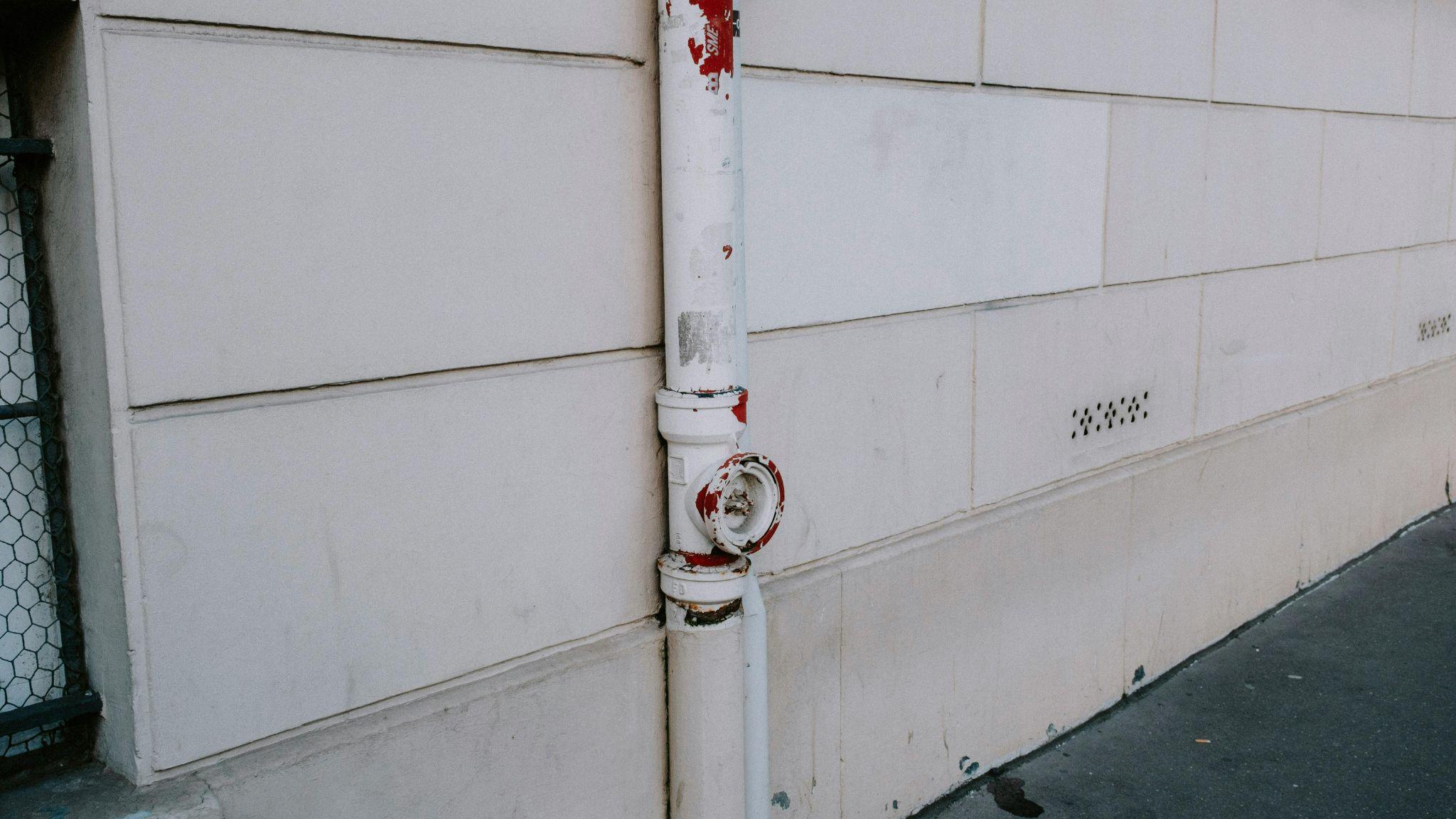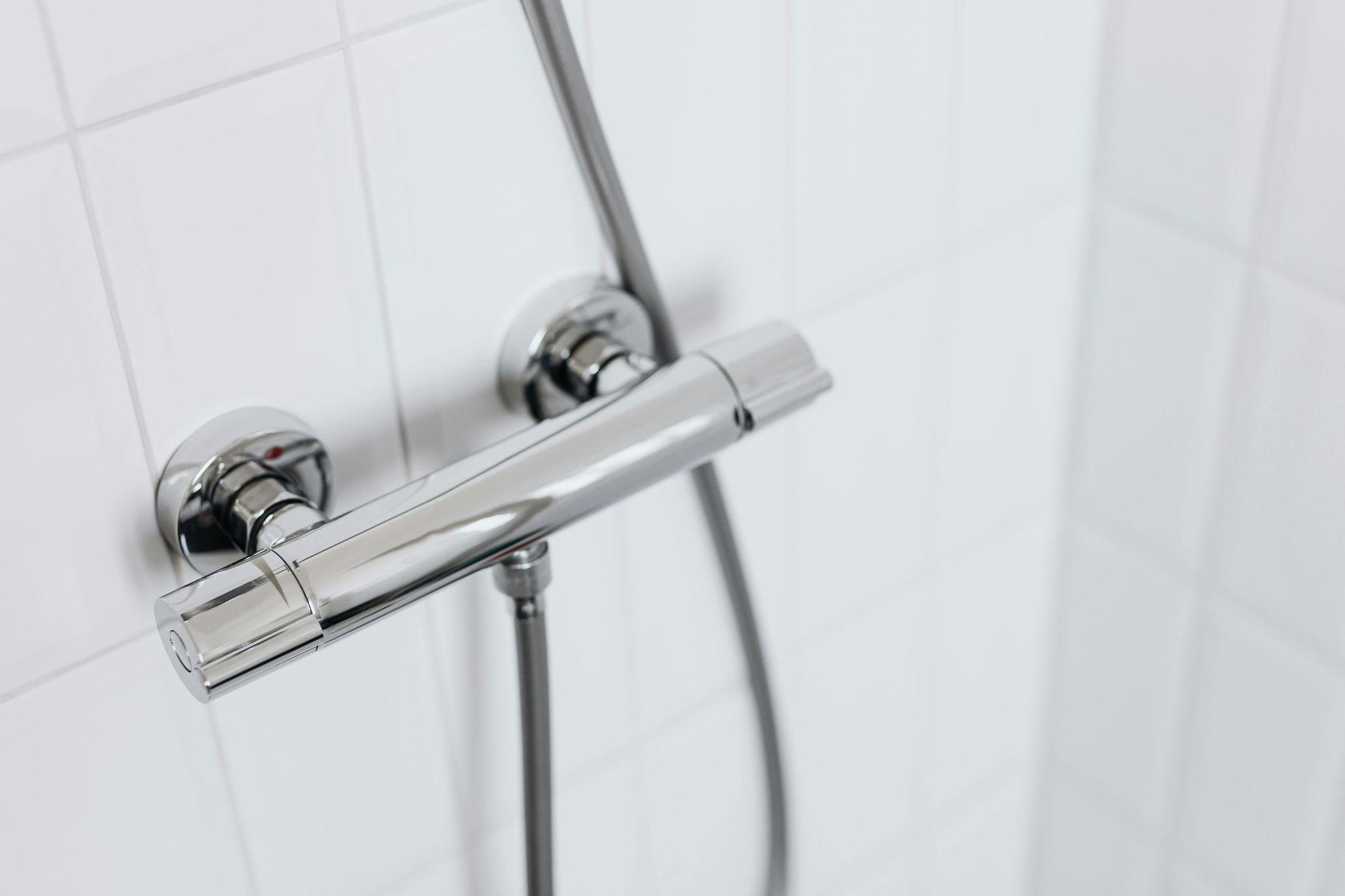Your home’s plumbing system is like its circulatory system—essential yet often overlooked until something goes wrong. Regular inspection and maintenance not only prevent costly emergency repairs but also ensure efficient water usage and maintain healthy living conditions. By understanding and caring for your plumbing system, you can extend its lifespan and avoid the stress of unexpected failures.
Understanding Your Home’s Plumbing System
Before diving into maintenance, it’s crucial to understand the basic components that make up your home’s plumbing infrastructure. This knowledge will help you identify potential issues before they become major problems.
Main Plumbing Components
Your home’s plumbing system consists of several interconnected components that work together to deliver clean water and remove waste. The main water supply line brings fresh water into your home, while the drain-waste-vent system removes wastewater and prevents harmful gases from entering living spaces.
Key components include:
- Supply pipes (typically copper, PEX, or CPVC)
- Drain lines (usually PVC or cast iron)
- Fixtures (toilets, sinks, showers)
- Water heater
- Main shut-off valve
- Vent stacks
- Clean-outs
Types of Plumbing Systems
Modern homes feature two distinct but interconnected plumbing systems:
The supply system delivers clean water throughout your home under pressure. It includes both hot and cold water lines, with the water heater serving as the central point for hot water distribution. This pressurized system ensures water reaches even second-story fixtures.
The drainage system relies on gravity to remove wastewater and includes important features like P-traps (the curved pipe under sinks) that prevent sewer gases from entering your home. Vent stacks help maintain proper pressure and allow gases to escape through the roof.
How to Inspect Your Plumbing System
Regular inspection can catch minor issues before they develop into major problems. Create a routine inspection schedule and know what to look for during these checks.
Checking for Leaks and Drips
Start your inspection at visible pipes and fixtures. Look for:
- Water stains on walls or ceilings
- Moisture around pipe joints
- Puddles near appliances
- Unusual dark spots on concrete foundations
- Mold or mildew growth
- Warped or discolored flooring
Even small drips can waste thousands of gallons annually and cause structural damage over time. A faucet dripping once per second wastes approximately 3,000 gallons per year.
Inspecting Water Pressure and Flow
Check water pressure at various points throughout your home. Normal residential water pressure typically ranges between 40-80 PSI. Signs of pressure problems include:
- Weak shower pressure
- Toilets that fill slowly
- Sputtering faucets
- Noisy pipes
- Inconsistent pressure between fixtures
Preventive Maintenance for Plumbing Systems

Regular maintenance keeps your plumbing system running efficiently and helps prevent unexpected failures.
Flushing the Water Heater
Annual water heater maintenance extends its lifespan and maintains efficiency. Follow these steps:
- Turn off the power/gas supply
- Connect a garden hose to the drain valve
- Open the valve and let the tank drain completely
- Open the cold water supply briefly to stir up remaining sediment
- Continue draining until water runs clear
- Close the drain valve and refill the tank
- Restore power only after the tank is full
Checking for Pipe Corrosion
Inspect exposed pipes for:
- Discoloration
- Flaking or dimpling
- Green patina on copper pipes
- Rusty spots
- White calcium deposits
- Bulging or cracking
How to Maintain Drainage Systems
A well-maintained drainage system prevents clogs and backups while extending the life of your plumbing.
Cleaning Drains and Traps
Monthly drain maintenance should include:
- Remove and clean drain stoppers
- Use a drain snake or auger to remove hair and debris
- Clean P-traps under sinks every 3-6 months
- Pour boiling water down drains monthly to dissolve soap scum
- Use enzymatic cleaners quarterly to prevent buildup
Using Drain Covers and Screens
Install quality drain protection:
- Mesh screens for kitchen sinks
- Hair catchers for shower drains
- Pop-up strainers for bathtubs
- Drain baskets for utility sinks
Seasonal Plumbing Maintenance

Different seasons bring different challenges for your plumbing system. Adapt your maintenance routine accordingly.
Winterizing Your Plumbing System
Prevent frozen pipes during cold weather:
- Insulate exposed pipes in unheated areas
- Disconnect and drain outdoor hoses
- Close interior shut-off valves to outdoor faucets
- Keep cabinet doors open during freezing temperatures
- Let faucets drip during extreme cold
- Know the location of your main water shut-off valve
Preparing for Summer Plumbing Needs
Summer maintenance focuses on outdoor systems:
- Check irrigation systems for leaks
- Clean sprinkler heads
- Inspect outdoor faucets and hoses
- Test drainage around air conditioning units
- Check basement sump pumps
Signs You Need Professional Plumbing Help
Know when to call a professional plumber instead of attempting DIY repairs.
Persistent Leaks or Water Damage
Contact a plumber if you notice:
- Recurring leaks despite repairs
- Water stains that continue to spread
- Musty odors that won’t go away
- Unexplained increases in water bills
- Foundation cracks or settling
Strange Noises in the Plumbing System
Concerning sounds include:
- Whistling or screaming pipes
- Constant running water sounds
- Gurgling drains
- Water hammer (banging pipes)
- Bubbling toilets
DIY Plumbing Tips and Tools
Many common plumbing issues can be resolved with basic tools and knowledge.
Common Plumbing Fixes You Can Do Yourself
Simple DIY repairs include:
- Unclogging drains with a plunger or snake
- Replacing faucet washers
- Adjusting toilet fill valves
- Tightening loose connections
- Replacing shower heads
Essential Plumbing Tools for Homeowners
Stock your toolbox with:
- Plungers (both sink and toilet types)
- Adjustable pipe wrench
- Basin wrench for hard-to-reach nuts
- Plumbing tape
- Drain snake or auger
- Pipe joint compound
- Adjustable wrench set
- Caulk gun and plumber’s putty
- Leak detection dye tablets
- Water pressure gauge
When to Call a Plumber
Some situations require professional expertise and specialized equipment.
Complex Pipe Issues and Burst Pipes
Call a professional for:
- Pipe replacement
- Slab leaks
- Frozen pipe damage
- Main line repairs
- Gas line issues
Sewer Line Problems
Leave these issues to the experts:
- Frequent backups
- Slow drains throughout the house
- Sewage odors
- Ground settling near sewer lines
- Multiple clogged fixtures
Conclusion
A well-maintained plumbing system is crucial for your home’s functionality and your family’s comfort. Regular inspection and maintenance help prevent costly emergencies and extend the life of your plumbing components. While many maintenance tasks can be handled by homeowners, know your limits and don’t hesitate to call a professional for complex issues. By staying proactive with plumbing care, you’ll save money in the long run and ensure your home’s plumbing system operates efficiently for years to come.

